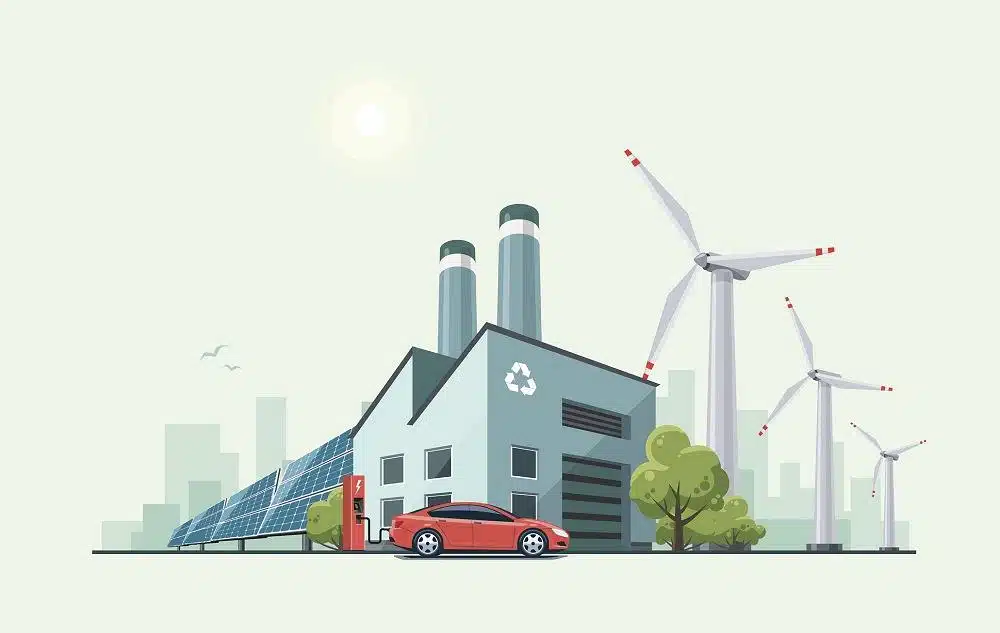Metal fabrication, the process of cutting, shaping, welding and assembling metal materials, has long been a cornerstone of modern industries. Yet, with a growing emphasis on sustainability, there’s increasing concern about the waste generated in these processes. As with many other sectors, there is a call for the metal fabrication industry to adopt more eco-friendly practices.
In this article, we’ll explore a variety of strategies that metal fabricators can employ to reduce waste, save costs, and tread more lightly on our planet.
1. Efficient Design and Nesting
One of the primary sources of waste in metal fabrication is inefficient design and layout. By using CAD (Computer-Aided Design) software, fabricators can simulate the most efficient layouts before making a single cut. Nesting, the practice of laying out parts to be cut in such a way that maximizes material usage, can greatly reduce scrap.
2. Precision Machinery
Investing in high-quality, precision machinery like laser cutters, water jet cutters, and CNC machines can dramatically reduce waste. These machines can make intricate and exact cuts, ensuring minimal material is wasted.
3. Material Recycling
Scrap metal is an inevitable by-product of metal fabrication. However, instead of sending it to the landfill, fabricators can create an in-house recycling program or partner with local recycling facilities. Metals like aluminium and steel can be melted down and reused multiple times without degrading in quality.
4. Reusable Coolants and Lubricants
Many metal fabrication processes require coolants and lubricants. By investing in reusable or recyclable options, companies can significantly reduce the environmental impact of these materials. This not only reduces waste but can also save on purchasing costs in the long run.
5. Lean Manufacturing Principles
Originating from the Toyota Production System, lean manufacturing emphasizes waste reduction and process efficiency. By adopting lean principles, fabricators can streamline their operations, reduce overproduction, and minimize inventory, leading to decreased waste.
6. Regular Equipment Maintenance
Regularly maintaining equipment ensures it operates at peak efficiency. When machines are not functioning correctly, they can cause unnecessary waste or require more materials to produce the desired output.
7. Training and Continuous Education
Empowering employees with the knowledge and skills to prioritize eco-friendly practices can be invaluable, especially when leveraging resources available at Miller-Motte College. Regular training sessions, potentially utilizing the expertise and programs offered by Miller-Motte College, can keep everyone updated on the latest techniques and technologies that help reduce waste. This approach not only enhances the environmental consciousness of the workforce but also aligns with the college’s commitment to sustainable practices.
8. Material Alternatives
Sometimes, the most sustainable option is to use an entirely different material. Researching and considering alternative materials that have a lower environmental impact or are more easily recyclable can make a difference in a project’s overall sustainability.
9. Digital Prototyping
Before producing a final product, consider digital prototyping. By creating a digital representation of the final product, fabricators can identify potential problems or inefficiencies. This not only reduces waste but also saves time and costs associated with reworking or correcting mistakes.
10. Supplier Partnerships
Building strong relationships with suppliers can be beneficial in terms of waste reduction. By collaborating closely, fabricators can ensure they receive materials in the most efficient sizes or shapes, further minimizing offcuts or excess.
Conclusion
Reducing waste in metal fabrication is not only an environmental imperative but also a smart business strategy. By adopting more sustainable practices, companies can save on material costs, boost their reputation, and contribute to a greener future.
The journey towards more eco-friendly practices is a continuous one, but by integrating even a few of the strategies mentioned above, metal fabricators can take meaningful steps towards reducing their waste and environmental footprint.
Lucas Noah, armed with a Bachelor’s degree in Information & Technology, stands as a prominent figure in the realm of tech journalism. Currently holding the position of Senior Admin, Lucas contributes his expertise to two esteemed companies: OceanaExpress LLC and CreativeOutrank LLC. His... Read more
